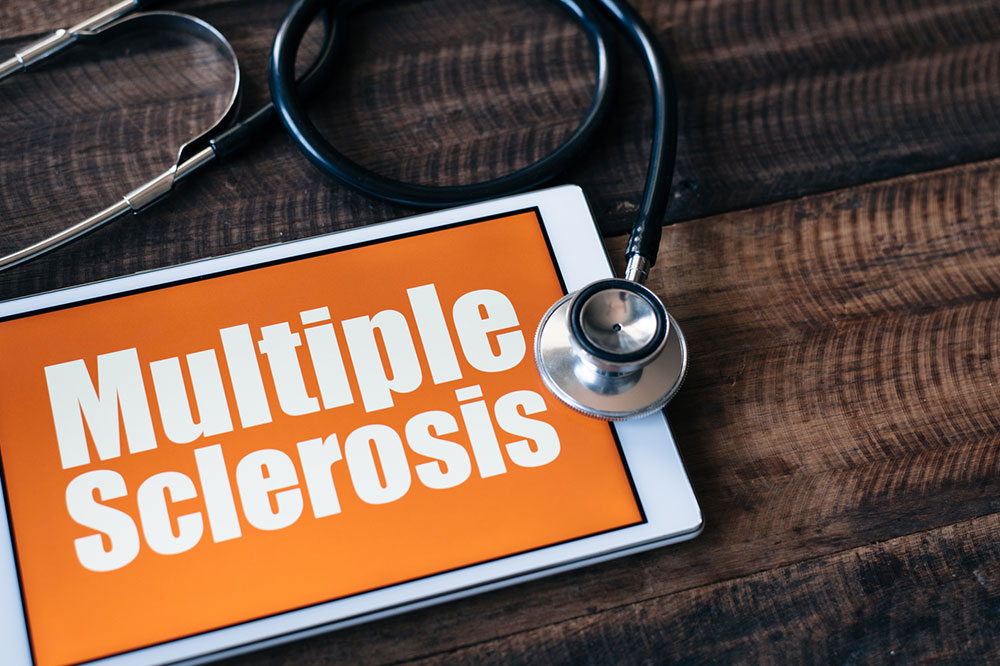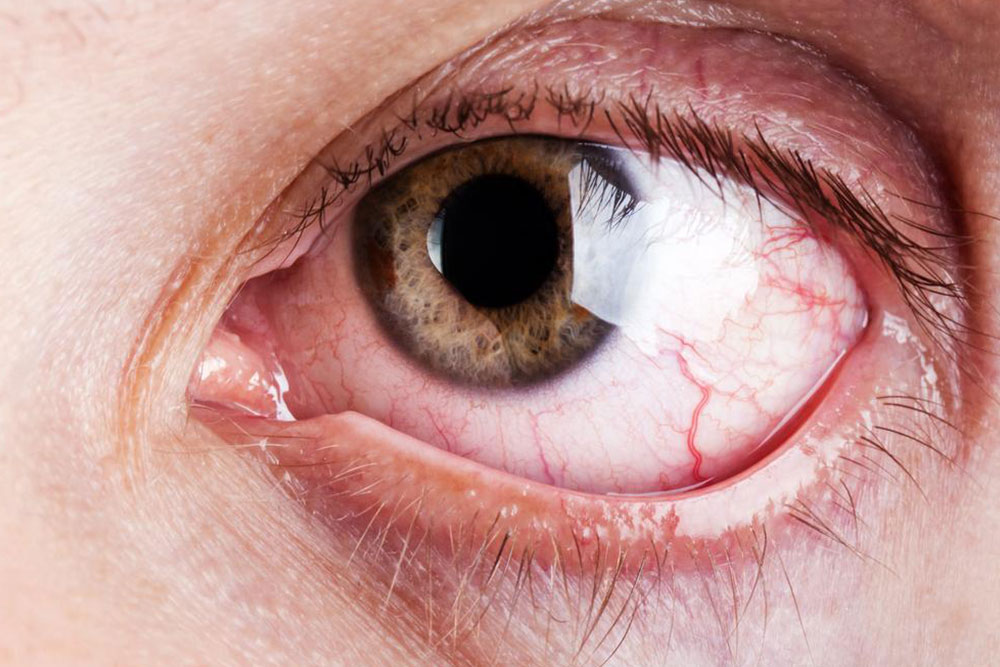Comprehensive Guide to Stiff Person Syndrome: Types, Causes, Signs, and Management Strategies
Stiff Person Syndrome (SPS) is a rare neurological disorder characterized by muscle rigidity and spasms, often caused by autoimmune responses. This comprehensive guide covers its types, causes, symptoms, diagnosis, and management options. Early recognition and tailored treatments can help improve patient outcomes and quality of life. Experts recommend therapies like IVIG, physical therapy, and alternative treatments to manage this complex condition effectively.

Overview of Stiff Person Syndrome: Variations, Origins, Symptoms, and Treatment Approaches
Stiff Person Syndrome (SPS) is a rare neurological condition that gradually impairs muscle function, leading to stiffness, painful spasms, and other serious symptoms. It is considered an autoimmune disorder where the immune system mistakenly attacks parts of the nervous system. Once called stiff man syndrome, SPS can develop at any age and affects both genders. Symptoms and severity can differ significantly among individuals.
Main Types of SPS
Classic SPS
The most prevalent form, affecting about 80% of cases, involves antibodies targeting the enzyme GAD, disrupting muscle regulation.
PERM (Progressive Encephalomyelitis with Rigidity and Myoclonus)
A severe variant marked by eye movement issues, consciousness disturbances, autonomic problems, and jerky movements, often requiring hospitalization. It also involves GAD antibodies.
Focal SPS
This subtype impacts a specific limb, causing localized stiffness and spasms.
Paraneoplastic SPS
Linked to cancers like lung, breast, or colon, this form involves different antibodies and affects the nervous system in cancer patients.
Underlying Causes
The exact cause remains unknown, but evidence points to an autoimmune response targeting the central nervous system, especially the spinal cord and brain. Many patients produce antibodies against GAD, reducing GABA levels—a neurotransmitter essential for muscle relaxation. Some cases involve antibodies against other receptors like DPPX or amphiphysin. Notably, some patients do not have detectable antibodies.
Risk Factors
Individuals with autoimmune disorders such as thyroiditis, pernicious anemia, vitiligo, or type 1 diabetes are at higher risk. SPS tends to affect women nearly twice as often as men.
Signs and Symptoms
Muscle Stiffness
Usually starting in the back, chest, or abdomen, this stiffness can spread to limbs and worsen over time.
Painful Spasms
Can be localized or widespread, often triggered by loud sounds, sudden movements, touch, temperature shifts, or stress.
Anxiety and Phobias
Unpredictable spasms may lead to anxiety or fears related to crowded or open settings.
Posture Issues
Severe rigidity can result in a stooped posture, limiting mobility.
Diagnosis Methods
Diagnosing SPS is challenging because symptoms resemble other neurological or autoimmune diseases like MS or Parkinson’s. Diagnosis relies on patient history, physical exams, and tests such as:
Antibody Blood Tests
Detect GAD antibody levels; elevated levels support SPS diagnosis.
Electromyography (EMG)
Measures muscle electrical activity to identify abnormal responses.
Lumbar Puncture
Examines cerebrospinal fluid for GAD antibodies and other markers.
Management Strategies
While there’s no cure for SPS, treatments aim to reduce symptoms and enhance quality of life. Approaches include physical therapy, massage, heat and hydrotherapy, acupuncture, and sometimes stem cell treatments. Intravenous immunoglobulin (IVIG) has shown encouraging results in decreasing severity by adjusting immune activity.


